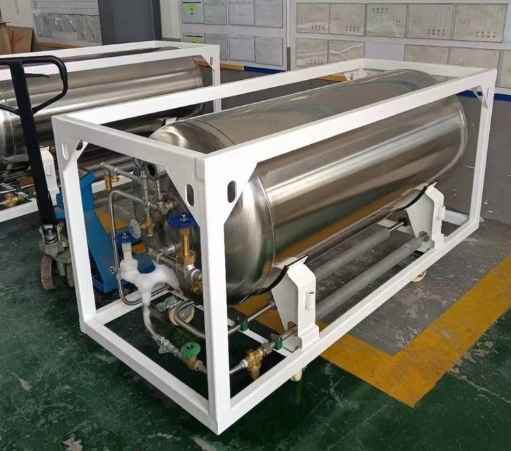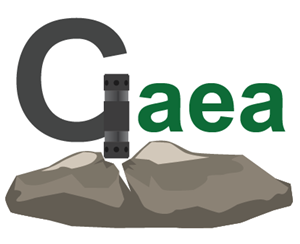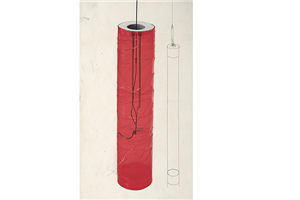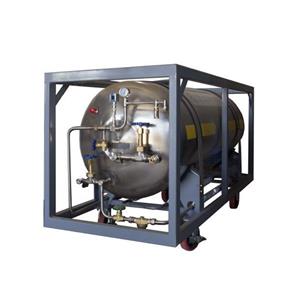What Materials Are Used in Rock Blasting? The Rising Star of O2 Rock Blasting
New technology: O2 rock demolition system
Link:
Rock blasting is one of those behind-the-scenes processes that keeps industries like mining, quarrying, and construction humming along. It’s all about breaking down massive rock formations into smaller, workable pieces, and the materials we use to make that happen have a huge impact on how it’s done. For years, traditional explosives like dynamite and ANFO have been the go-to options, but there’s a new contender shaking things up: the O2 Rock Blasting System. This innovative approach is growing bigger every year, popping up in countries worldwide, and climbing the ranks as a top choice in modern rock blasting. Let’s dive into the materials behind this essential process and see why O2 is stealing the show—with some hard numbers to back it up.

Rock Blasting Basics: What’s Involved?
At its core, rock blasting is about using energy to fracture rock efficiently. Whether you’re digging for gold in a mine, carving out stone in a quarry, or clearing a path for a new road, the right materials make all the difference. Traditionally, that’s meant chemical explosives—powerful stuff designed to deliver a quick, forceful punch. But lately, safety concerns, environmental pressures, and the need for precision have pushed the industry toward alternatives like the O2 Rock Blasting System. So, what materials are we talking about here? Let’s start with the classics before spotlighting the rising star.
Traditional Materials: The Heavy Hitters
For decades, rock blasting has leaned on a handful of tried-and-true materials. First up is dynamite, the stuff you’ve probably seen in old Westerns. It’s made from nitroglycerin mixed with stabilizers, and it’s a beast—delivering a fast, powerful blast that can shatter even the toughest rock. Then there’s ANFO, or ammonium nitrate fuel oil, a mix of ammonium nitrate and a splash of fuel oil. It’s cheap, stable, and a favorite for dry conditions, though it struggles when things get wet. Rounding out the trio are emulsion explosives, which blend water resistance with safety—perfect for soggy sites, but they’ll cost you more than ANFO or dynamite.
These materials have some serious perks: they’re affordable upfront, pack a big energy punch, and get the job done quick. But they’ve got downsides too. Flyrock—those random chunks of rock flying everywhere—can be a real hazard. Big shock waves rattle nearby homes, and toxic gases like nitrogen oxides hang around after the blast. Plus, getting permits for these bad boys is no picnic thanks to strict rules. That’s where the O2 Rock Blasting System comes in, flipping the script with a whole new approach.
O2 Rock Blasting: A Modern Marvel
Now, let’s talk about the material that’s turning heads: the O2 Rock Blasting System. This isn’t your typical explosive—it’s a system that uses liquid oxygen (O2) paired with solid combustibles to generate controlled energy. Here’s how it works: you drill holes into the rock (diameters from 40-127mm, with 89mm being the most cost-effective), pop in rock splitting tubes, and connect them to a reusable gas filling tank. Liquid oxygen flows into the tubes until the pressure hits the sweet spot, then a remote trigger kicks things off. The liquid oxygen turns to gas, expanding fast to fracture the rock—no wild explosions, no nasty fumes, just water and CO2 left behind.
The numbers tell a big story. A single 20GP container of rock splitting tubes can blast through about 37,500 cubic meters of rock, while a 40HQ container—holding around 3,500 tubes—handles up to 131,250 cubic meters. And the cost? It clocks in at roughly $1 per cubic meter, making it a serious player for big projects. It’s not just an explosive—it’s a smart, scalable solution.

Why O2 Rock Blasting is Rising Fast
So, why’s the O2 Rock Blasting System climbing the ranks in today’s rock blasting world? It’s tackling the big issues head-on, and over the past few years, it’s been popping up in countries all over the globe. Here’s why it’s taking off, backed by the data you need to know:
1. Safety That Saves the Day
Traditional explosives can be a bit like letting a bull loose in a china shop—flyrock flying, shock waves rumbling, and the odd chance of something going boom when you least expect it. O2 blasting keeps things calm and collected. Its controlled energy release means minimal shock waves—safe enough to use near homes with just a 2-3 meter safety zone. No toxic gases either, just harmless water and carbon dioxide. That’s a game-changer for workers and communities alike.
2. Green Vibes Only
Let’s be real: old-school blasting isn’t winning any eco-friendly awards. Toxic emissions and ground-shaking blasts leave a mark. The O2 system flips that narrative. It’s got waterproof membranes that let it work in wet holes without polluting—think quarries on rainy days or waterlogged mines. Plus, it handles extreme temps from -40°C to 40°C like a champ. With environmental rules tightening worldwide, this green approach is why it’s catching on fast.
3. Dollars and Sense
Upfront, O2 blasting might cost more than grabbing some ANFO—liquid oxygen and the gear (like that reusable gas filling tank) don’t come cheap. But here’s the kicker: it averages $1 per cubic meter, and the savings pile up. Buy in bulk, and the cost per meter drops even lower. Add in fewer accidents, less cleanup, and easier permits, and it’s a budget-friendly win over time. For big jobs—like blasting 131,250 cubic meters with a 40HQ shipment—it’s hard to beat.
4. Versatility That Rocks
This system doesn’t mess around—it tackles everything from soft stone to hard granite and basalt. In mining, it’s pulling gold, iron, and nickel with ease. In quarries, it delivers uniform chunks for top-notch stone quality. And in construction, it’s clearing rock for roads and dams without the drama. With customizable hole depths (6 meters is a hot seller) and spacing set at 2-3 meters based on rock hardness, it’s built for any job, anywhere.
O2 Rock Blasting Around the World
This isn’t just a cool idea—it’s happening right now. Over the past few years, the O2 Rock Blasting System has been spreading like wildfire across countries prioritizing safety and sustainability. In mining hotspots, it’s boosting ore recovery—think gold mines hitting the jackpot faster. Quarries love how it keeps stone sizes consistent, cutting down on processing time. And in urban areas, it’s blasting near neighborhoods without causing a stir. A 40HQ container can demolish 131,250 cubic meters, keeping massive projects on track. From Europe to Africa, it’s proving its worth, one blast at a time.

The Future of Rock Blasting Materials
So, what materials are used in rock blasting today? You’ve got the classics—dynamite, ANFO, and emulsions—still holding strong with their raw power and low upfront cost. But the O2 Rock Blasting System is rising fast, claiming a bigger spot in the lineup every year. With its safety edge, eco-friendly perks, and wallet-friendly $1 per cubic meter price tag, it’s no wonder it’s taking off globally.
As the world demands smarter, greener solutions, O2 rock blasting isn’t just a trend—it’s the future. It’s versatile enough for gold mines, quarries, and city construction, and it’s backed by solid data like 37,500 cubic meters per 20GP container. If you’re in the blasting game, this is one material worth watching. Next time you hear a rock crack open, it might just be O2 leading the charge!




